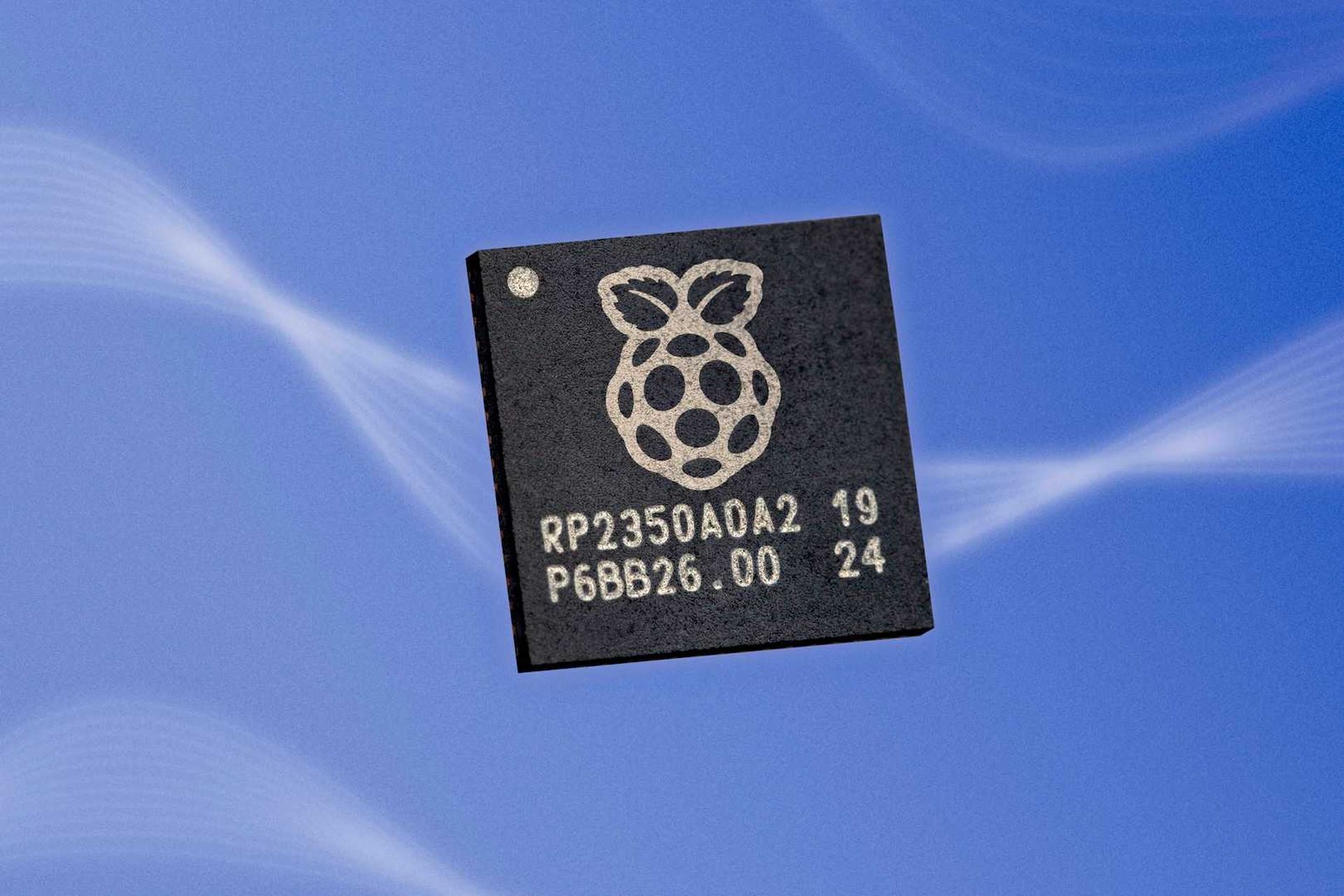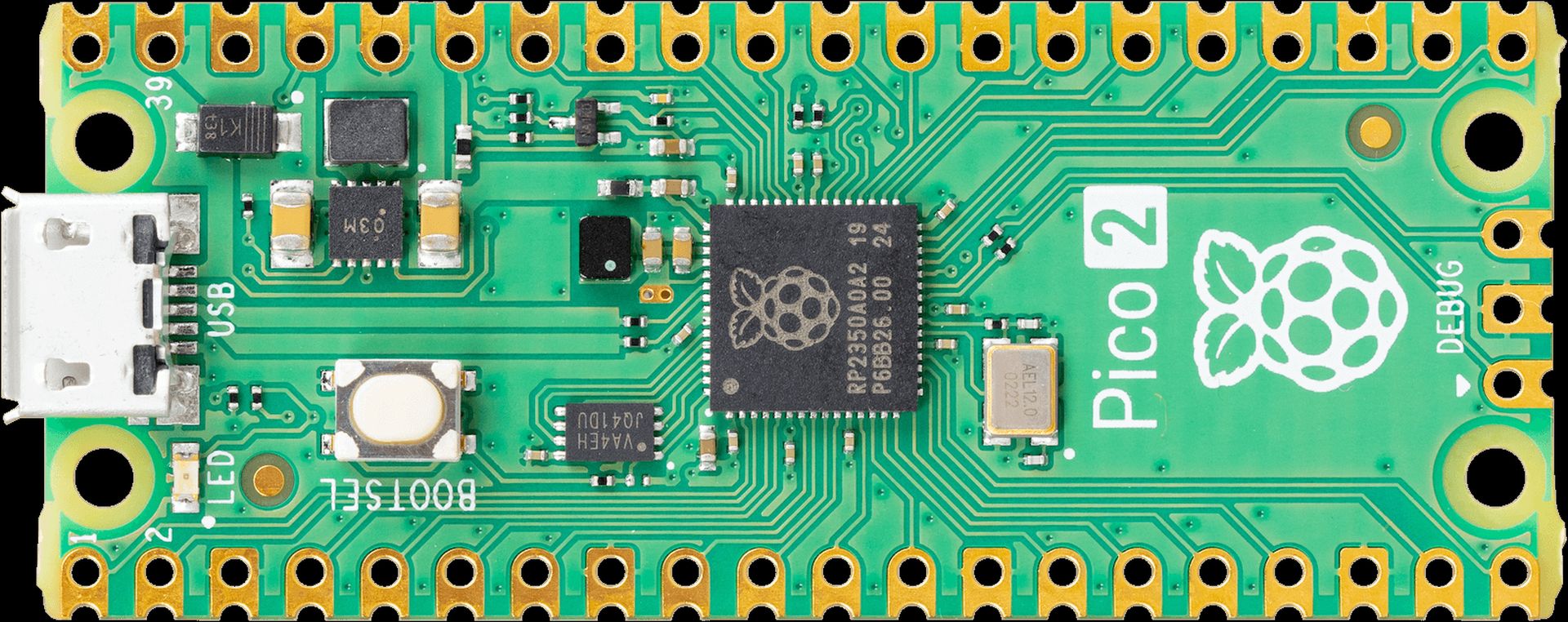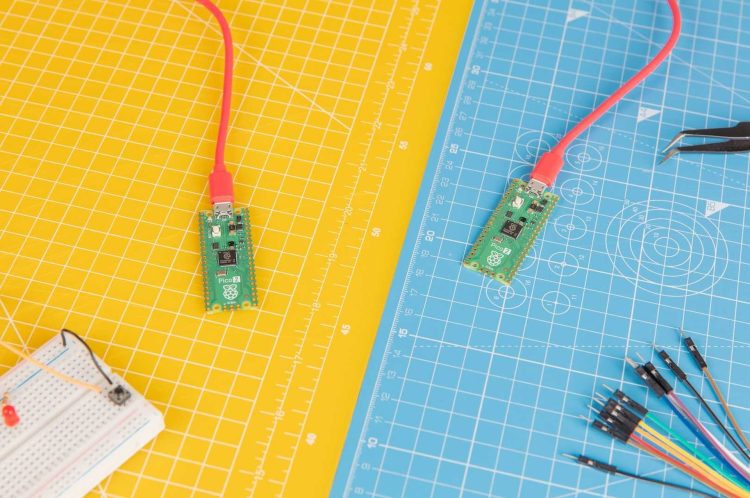The Raspberry Pi Pico 2 is the latest offering of microcontrollers, and it has garnered significant attention since its announcement.
As the successor to the original Raspberry Pi Pico, which was first introduced in January 2021, the Raspberry Pi Pico 2 continues the legacy of providing powerful, affordable, and accessible computing solutions for various applications.
Priced at just $5, the Raspberry Pi Pico 2 may appear similar to its predecessor, but it comes with several key upgrades that set it apart.
What’s new in Raspberry Pi Pico 2?
When the original Raspberry Pi Pico was launched in 2021, it marked a significant shift for Raspberry Pi Ltd. Traditionally known for their single-board computers, the introduction of a microcontroller was a bold move. The Raspberry Pi Pico, equipped with the RP2040 chip, quickly became a favorite among makers and hobbyists due to its low price of $4 and versatility. The subsequent release of the Raspberry Pi Pico W in June 2022 added Wi-Fi and Bluetooth capabilities, expanding its utility even further.
Fast forward to August 2024, and the Raspberry Pi Pico 2 has officially been released, bringing with it a host of new features while retaining the affordability that the series is known for. The most notable upgrade is the new System on Chip (SoC), the RP2350, which introduces a dual-core architecture.

Users can choose between two CPU configurations: a Dual-Core Arm Cortex M33 or a Dual-Core RISC-V Hazard3. This makes the Raspberry Pi Pico 2 not only more powerful but also the first Raspberry Pi product to feature a RISC-V based CPU.
In addition to the CPU upgrade, the Raspberry Pi Pico 2 boasts increased memory, with 520 KB of SRAM, doubling the capacity of its predecessor. The flash storage has also been doubled to 4MB, providing more space for program storage. These enhancements make the Raspberry Pi Pico 2 a compelling choice for those looking to develop more complex projects.
Raspberry Pi Pico 2 specs and details
The technical advancements in the Raspberry Pi Pico 2 are substantial, reflecting the growing demands for more powerful and secure microcontrollers. At the core of the Raspberry Pi Pico 2 is the RP2350 SoC, which, as mentioned, can be configured with either a Dual-Core Arm Cortex M33 or a Dual-Core RISC-V Hazard3 CPU. The choice of CPUs is a significant step forward, offering users the flexibility to select the architecture that best suits their project requirements.
The Arm Cortex M33 is a 32-bit processor that operates at a clock speed of up to 150 MHz, providing a modest increase over the original Pico’s Cortex M0+ which maxed out at 133 MHz. The M33 also incorporates Arm TrustZone technology, enhancing the security capabilities of the microcontroller. This includes features like secure boot, SHA-256 acceleration, and a True Random Number Generator (TRNG), which are crucial for applications requiring high levels of security.
Pi5 explained: Raspberry Pi 5 specs, bcm2712, and more
On the other hand, the RISC-V Hazard3 CPU represents Raspberry Pi’s first foray into the RISC-V architecture. While the performance of the RISC-V CPU is yet to be fully explored, it is expected to offer competitive performance, potentially between that of the original Cortex M0+ and the new Cortex M33. The inclusion of RISC-V is a notable development, hinting at the possibility of future Raspberry Pi products embracing this open-source architecture.
Beyond the CPU, the Raspberry Pi Pico 2 includes a range of features that enhance its functionality. The microcontroller supports up to 16MB of external QSPI flash, has 26 General Purpose Input/Output (GPIO) pins, 12-bit Analog-to-Digital Converters (ADCs), and an array of communication interfaces, including UART, I2C, and SPI. These features make the Raspberry Pi Pico 2 suitable for a wide variety of applications, from simple projects to more demanding tasks that require robust processing power and connectivity options.
Raspberry Pi Pico 2 pricing and availability
The Raspberry Pi Pico 2 continues the tradition of affordability that has been a hallmark of Raspberry Pi products. Priced at $5, it offers an impressive set of features for a very low cost. This pricing strategy ensures that the Raspberry Pi Pico 2 remains accessible to a wide audience, including students, educators, hobbyists, and professionals who require a reliable microcontroller for their projects.
The Raspberry Pi Pico 2 is now available for general sale, with units ready for immediate purchase. As of August 2024, the Pico 2 can be found through various retailers and distributors worldwide. This widespread availability ensures that users can easily acquire the microcontroller and begin exploring its capabilities without delay.

While the Pico 2 does not include Wi-Fi or Bluetooth connectivity, which was introduced in the Pico W, Raspberry Pi Ltd. has confirmed that a Raspberry Pi Pico W 2 will be released later in the year. This upcoming variant is expected to be priced under $10, maintaining the brand’s commitment to affordability while adding the convenience of wireless communication.
With its new dual-core architecture, support for both Arm and RISC-V CPUs, and continued commitment to low cost, the Raspberry Pi Pico 2 is set to become a popular choice in the microcontroller market. As more software support becomes available, particularly for the RISC-V architecture, the full potential of the Raspberry Pi Pico 2 will be realized, further solidifying its place in the Raspberry Pi product lineup.
Featured image credit: Raspberry Pi




